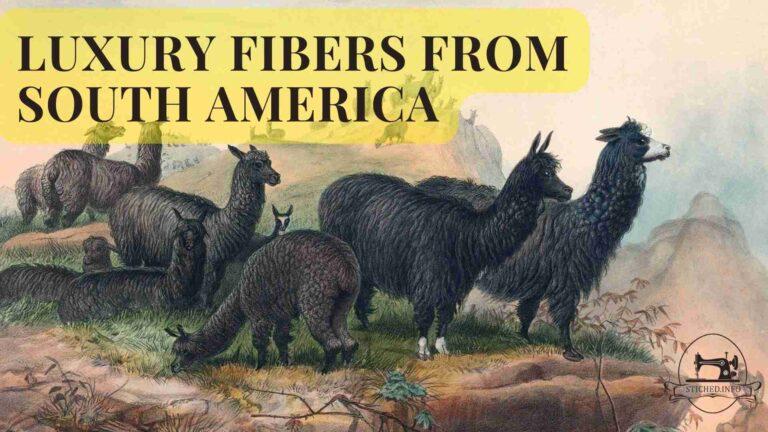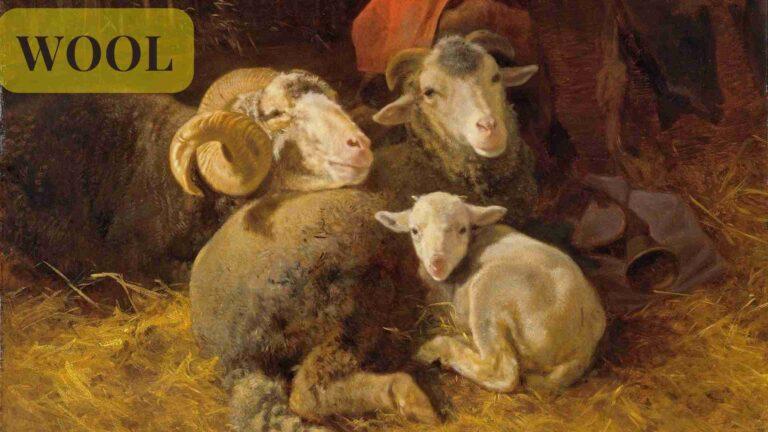Fur and Felt Fibers in Textiles
Fur from animals has been used for clothing and textiles since ancient times. Beaver, rabbit, mink, fox, chinchilla, sable, and sheepskins are some of the most valued furs. Fur skins are harvested, tanned, and turned into garments, accessories, blankets, and rugs.
Fur differs from wool in that the hairs lack scales and crimp, resulting in smooth, shiny, pointed fibers. However, when fur fibers are matted and compressed they interlock and become firmly entangled together. This felting property allows fur to be made into felt fabric.
Beaver and rabbit fur are especially valued for felt making. To produce felt, the fur is carded to align the fibers. Heat, moisture, and agitation causes them to irreversibly mat together as their scales catch and lock. The result is a dense, durable nonwoven fabric.
Uses of fur felt:
- Hats – Most felt hats are made from rabbit and hare fur. Quality hats may blend in beaver fur.
- Lined apparel – Felt linings provide insulation in coats, boots, and gloves.
- Saddles and tack – Saddle pads and girth straps made of wool and fur felt.
- Industrial uses – Polishing and filtration felts, piano hammers.
- Craft felt – For art projects, sewing, and decor.
Sheepskin shearling is sheep fur that has been tanned with the wool still attached. It is used to make soft, warm coats,slippers, and seat covers. Knitted fur and wool-fur blends add novelty to hats, scarves, and accessories.
Fur and felt connect us to ancient traditions with timeless practicality and luxury. Their natural properties provide superior warmth, comfort and durability – qualities as relevant today as they were thousands of years ago.








